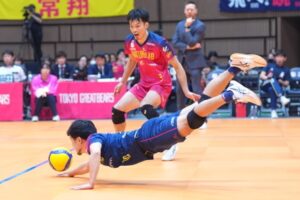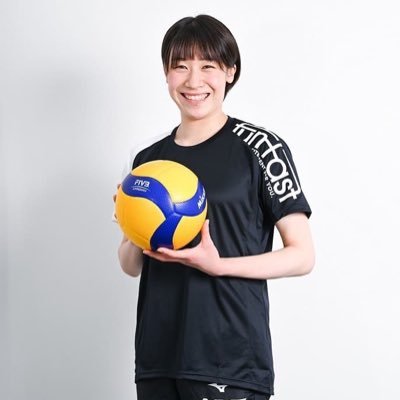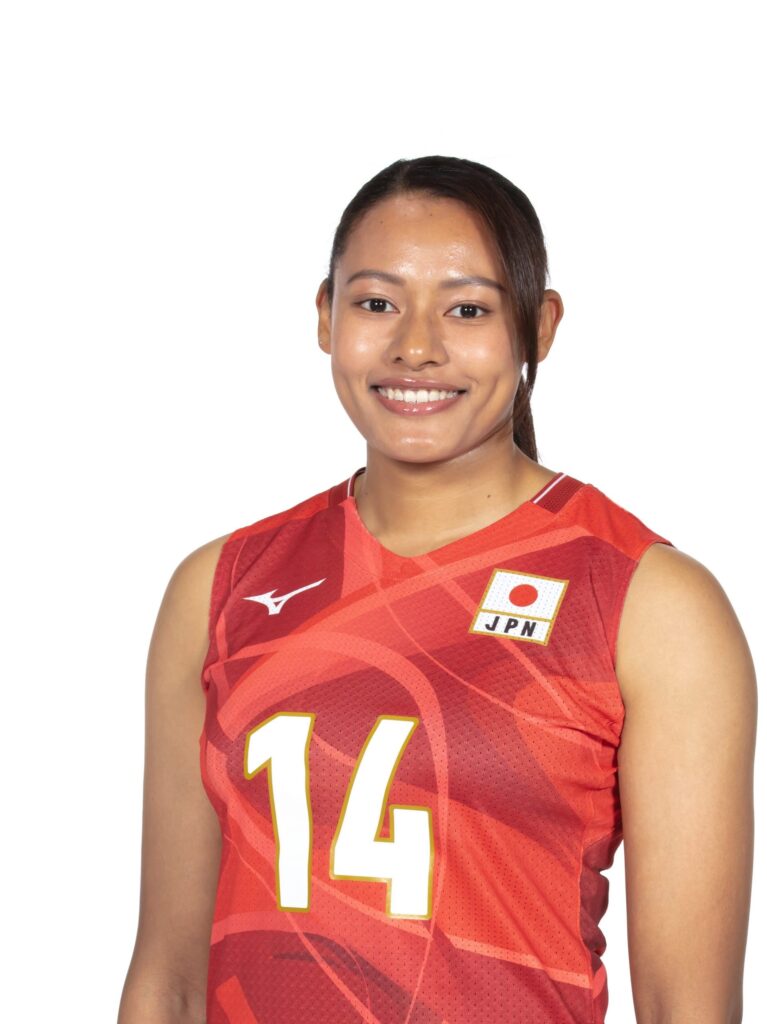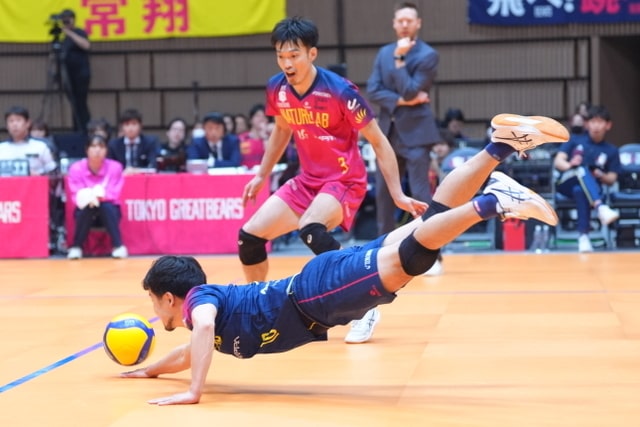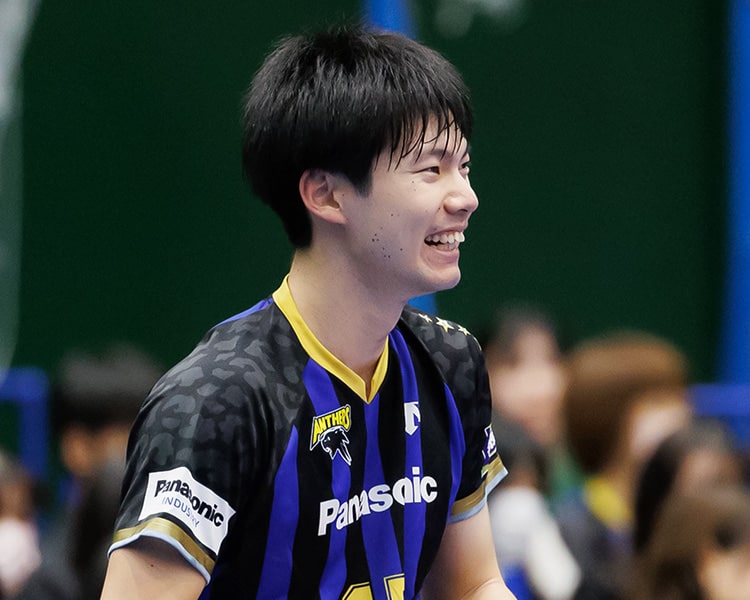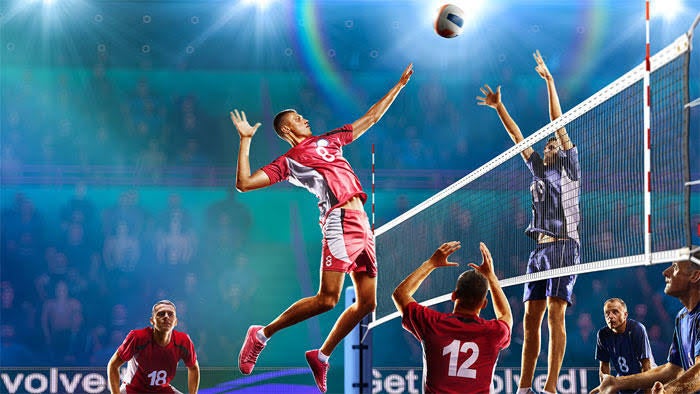
It may be a must-see for junior high school and high school volleyball club coaches.
This time, I would like to explain how to decide the position in volleyball.
In volleyball, every position plays an important role, and it is difficult to decide which position is best or worst.
However, there is one thing that is clearly obvious to anyone looking at the factors that determine the volleyball position.
That is height (physique)
It is obviously better to have a taller player be the attacker when attacking.
On the other hand, a libero who specializes in defense will do better if you have a shorter player play the role.
It is also better for center players (middle, middle blockers), who often block, to be taller.
Also, if you judge based on volleyball technique,
The best player touches the ball the most, and placing him in the setter position will lead to consistent wins for the team.
Please keep this in mind as you read the article.
目次
How to decide the position in volleyball
To be honest, “height” is everything(?)
First, “physique (height)” is taken into consideration
It is normal for tall players to be placed in positions where they can make spikes or make strong blocks.
On the other hand, it is standard practice in junior high and high school volleyball to place shorter players as libero.
However, if you want to win the match, it’s the same as choosing a position in volleyball after junior high school.
Choose the best setter and the tallest person for the key position of attack.
summary
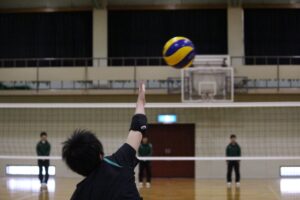
In volleyball, each position has unique roles and responsibilities and is essential to the team’s success.
Volleyball relies not only on the skills and abilities of individual players, but also on the coordination and strategy of the entire team.
Every position contributes to the team in a unique way.
The setter controls the tempo of the game, the hitter scores points, the blocker prevents the opponent’s attacks, and the libero maintains defensive stability.
When these positions complement each other and work together, the team can come together and perform at its best.
That’s why volleyball is a sport that shows a beautiful harmony of positional specialization and teamwork.
Click here for volleyball glossary

